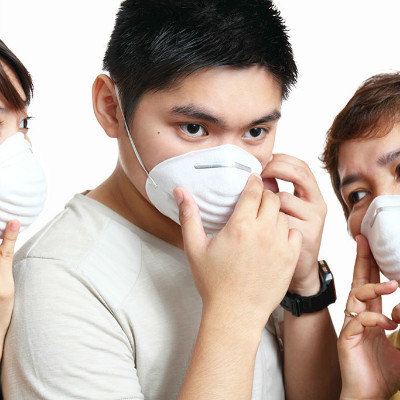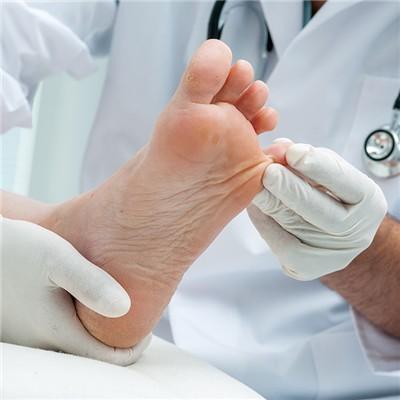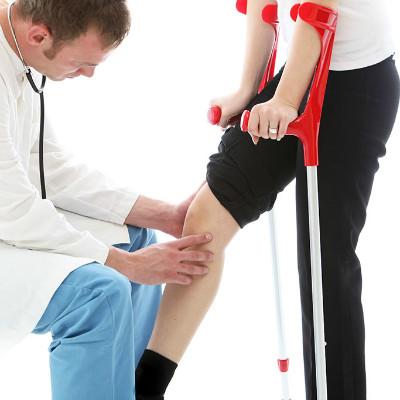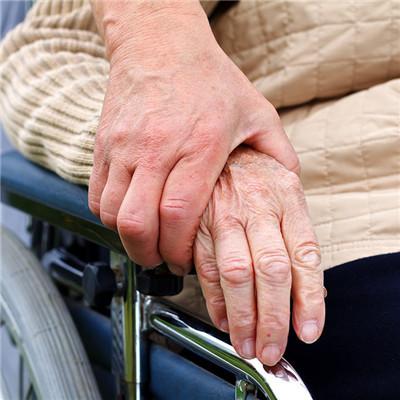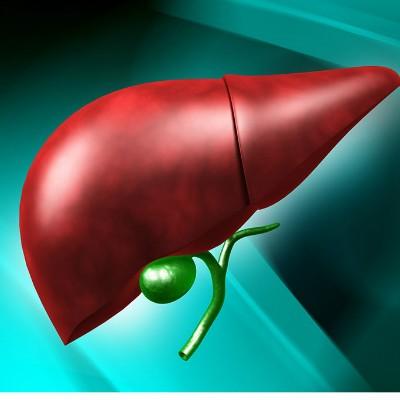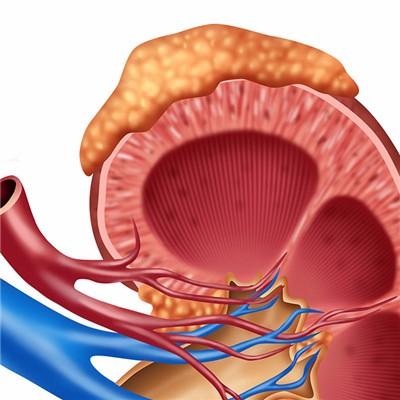What symptom is adult got scarlet fever?
summary
Scarlet fever was group A β Acute respiratory infectious disease caused by Streptococcus haemolyticus infection. Group A streptococcus, also known as Streptococcus pyogenes, can invade any part of the body, especially the upper respiratory tract. Bacterial components, toxins and proteases are involved in the pathogenic process, causing a series of purulent, toxic and allergic lesions. Scarlet fever is an infectious disease, and it is easy to be infected in winter and spring every year. In the past, scarlet fever was a very serious and fatal disease, which often occurred in children aged 5-15, but everyone could be infected. So adults will also be infected with scarlet fever, adults got scarlet fever is what symptoms? Now let me talk about it
What symptom is adult got scarlet fever?
The incubation period is 2-5 days, as little as 1 day and as much as 7 days. 1. Prodromal stage: most of them have sudden chills and fever, and their body temperature can rise to 39 ℃ - 40 ℃ in severe cases, accompanied by headache, sore throat, waxberry tongue, loss of appetite, general discomfort, nausea and vomiting. Pharynx is red and swollen, and punctate or flaky secretions can be seen on tonsil. The soft palate is congested and edematous, and there may be red macular or bleeding spots large in grains of rice, that is, intramucosal rash, which usually appears before skin rash.
2. Rash is one of the most important symptoms of scarlet fever. Most of them appeared from the first day to the second day. Occasionally, the rash appeared later than the fifth day. It starts from behind the ear, at the bottom of neck and upper chest, spreads to the chest, back and upper limbs within one day, and finally to the lower limbs. A few of them need several days to spread to the whole body. The typical skin rash is a needle cap sized, dense and uniform spot like congestive red rash scattered on the basis of whole body skin congestion and redness. The hand pressure subsides completely and reappears after decompression. Occasionally "chicken skin" papules, severe poisoning can have bleeding rash, patients often feel itching. In the skin folds, such as armpit, elbow, groin visible rash dense linear, known as "parsimony line". Facial hyperemia flush, there can be a small amount of rash, mouth and nose around the contrast appears pale, known as "mouth pale circle.". At the beginning of the disease, the tongue was covered with white fur, and the nipples were red and swollen, protruding above the white fur, especially at the tip and edge of the tongue. After 2-3 days, the white fur began to fall off, the tongue surface was smooth and flesh red, and there could be superficial rupture, and the nipple was still protruding, which was called "bayberry tongue". The rash usually reaches its peak within 48 hours and disappears completely in 2-4 days. Severe cases can last for 5-7 days or more. Submandibular and cervical lymph nodes can be enlarged, tenderness, generally non suppurative. When the rash occurs, the body temperature is higher. When the rash spreads all over the body, the body temperature gradually drops, the poisoning symptoms disappear, and the rash recedes.
3. In the convalescent stage, the skin began to peel within one week after the eruption, and the sequence of peeling sites was consistent with that of eruption. The trunk is mostly furfural peeling, the palms and soles are thick with large membranous peeling, and the nail end chapped peeling is a typical manifestation. Desquamation lasted for 2-4 weeks without pigmentation.
matters needing attention
1. Patients with scarlet fever should be treated in isolation; During the epidemic period of scarlet fever, patients with suspected scarlet fever, acute pharyngitis and tonsillitis should be treated in isolation; The carrier can be treated with conventional therapeutic dose of penicillin until the culture turns negative to control the source of infection. 2. Close contact with scarlet fever patients should be closely observed and quarantined for 7-12 days. If conditions permit, pharyngeal culture or preventive administration of penicillin can be done. 3. Avoid crowded public places during the epidemic period

